To Photograph a Photograph: Looking at‘The Housing Problem’
‘With its grand title O Problema da Habitação [The Housing Problem], Daniel Malhão’s project is a set of images resulting from a process of permanent wandering through the city. In fact, through two cities: Lisbon and Vienna […] with no programme other than stopping for long enough to look at that which has no history, or at that which has not been captured by its history.’ The art critic and curator Delfim Sardo presents the collection of photographs that make up this ‘Metropolitan’ in an essay that is itself a wandering through the History of Photography that leads to the history of these photographs. Represented in important collections and with work shown in several national and international exhibitions, Daniel Malhão is a recognised contemporary Portuguese photographer, whose work has been marked by a close connection of photography with architecture.

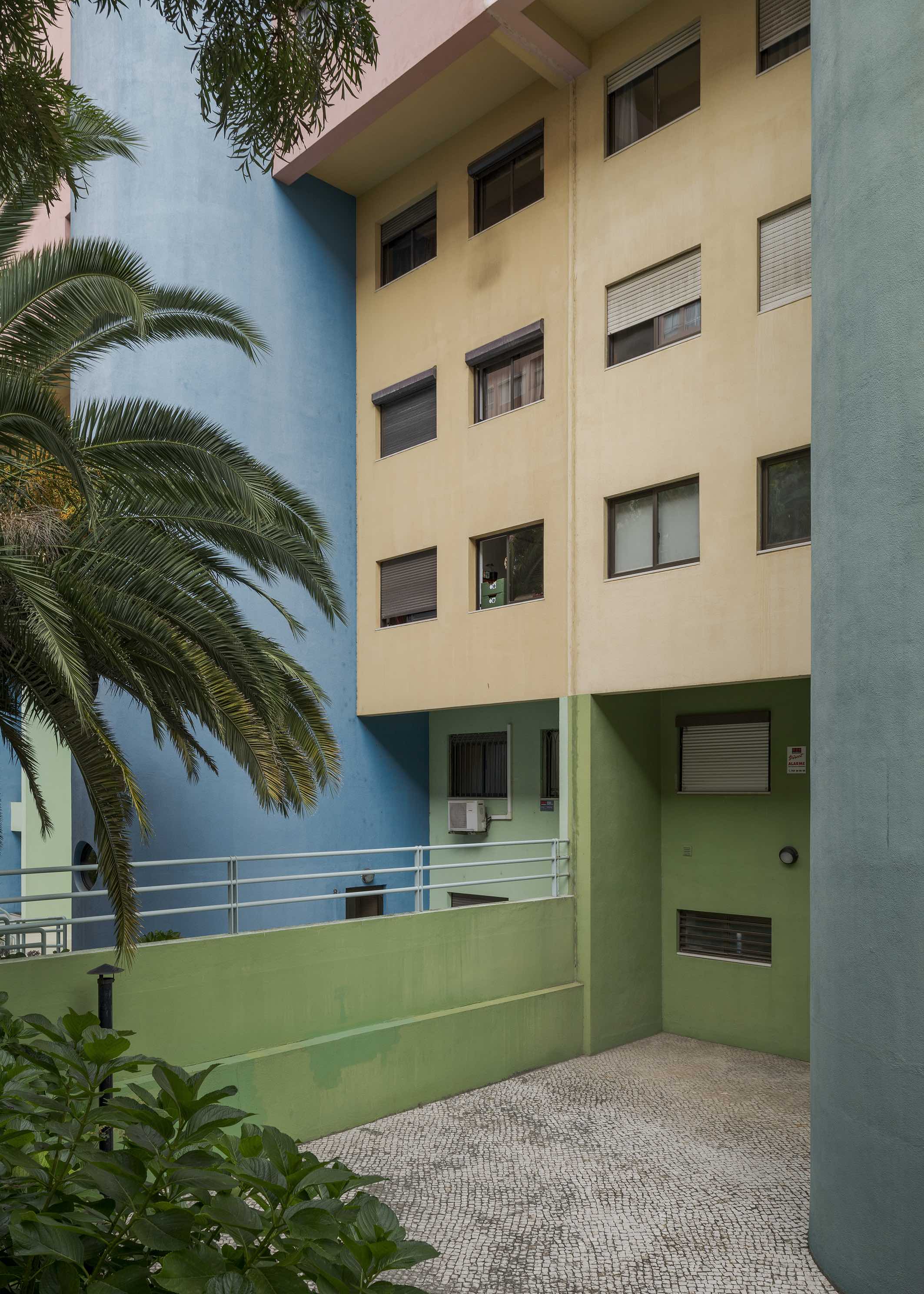
1.
From 1951 to 1968, John Brinckerhoff Jackson published and edited the journal Landscape, perhaps one of the first systematic reflections on the landscape understood as a human endeavour in which no room is left for a dichotomy with nature. The engine of his research, and the driving force behind Landscape, was his interest in the vernacular, in the way in which the gaze moves through fields of vision that constantly restructure our relationship with a place.
Jackson introduced the notion of Landscape Studies, an intersection between geography, cultural anthropology, architectural critique, urban planning and cultural studies based on an interest for the vernacular. The notion that aerial photography, with its construction of a systematic, distanced and exhaustive vision, had altered the perception of landscape subsumed in the rationality of the territory – and inevitably of the urban landscape as well – seemed to call for a defined visual field from the point of view of the street or road; of the urban or rural wandering across the waste land and undifferentiated space, as an ability to capture the continuity of the vernacular; to bring about an awareness of spatial micro-organisations and the continuities and dysfunctionalities that correspond to random field-structuring forms. The fate of the journal Landscape and Brinckerhoff Jackson’s subsequent academic activity were important, but they overshadowed the journal’s impact on its limited readership, which included some of the artists and photographers that would define the universe of American art from the 1960s onwards.
The possibility of a discourse, at once dilettante and deeply informed regarding the undifferentiated visual field, is closely linked to movement and travel, which Brinckerhoff Jackson practiced as a ‘professional tourist’ – as he described himself – photographing and sketching on his trips on a BMW motorcycle across the United States, as well as in Africa, France, the United Kingdom and Austria. The aim of converting the landscape into the hierarchy of the visual field that presents itself before a static spectator is clearly abandoned in favour of a notion of the creation of a narrative visual field whose understanding is based on movement, which in turn calls for a temporality of vision and an ability to detect the direction of the gaze.
Jackson’s personal and hybrid project (in its reconfiguration of the possibility of a non-specialised vision to approach the broader field of geography), is related to the nomadic culture that emerged with tremendous power with the publishing of Jack Kerouac’s On the Road in 1957. However, by curious coincidence with regards to Jackson’s geographical project, the first versions of the book (which recount the travels of the author and Neil Cassady across the United States after 1947) date from 1951 (the famous typed scroll without paragraph breaks), having been later completed and edited. However, excerpts of the original manuscript had produced a prior book, Visions of Cody, that circulated in the Beat community as fragments. Its influence was so profound that Robert Frank’s sweeping photographic fresco The Americans (1959), first published in Paris in 1958, included an introduction by Kerouac, who Frank had met the previous year. Frank’s sharp, tremulous, emotional and un-distanced vision could be seen as another declension of the same humanist interest for America’s human geography captured during a journey across forty-eight states in a periplus whose visual poetics converts the visual field into a series of snapshots of transient encounters.
"Although following an axis that is completely distinct from Frank’s humanism, Ruscha produced a scenario, akin to the painted panoramas of the 19th century, which composed a theatricality of place that bled into his images of Beverly Hills’ swimming-pools, or his empty parking lots from the late 1960s."
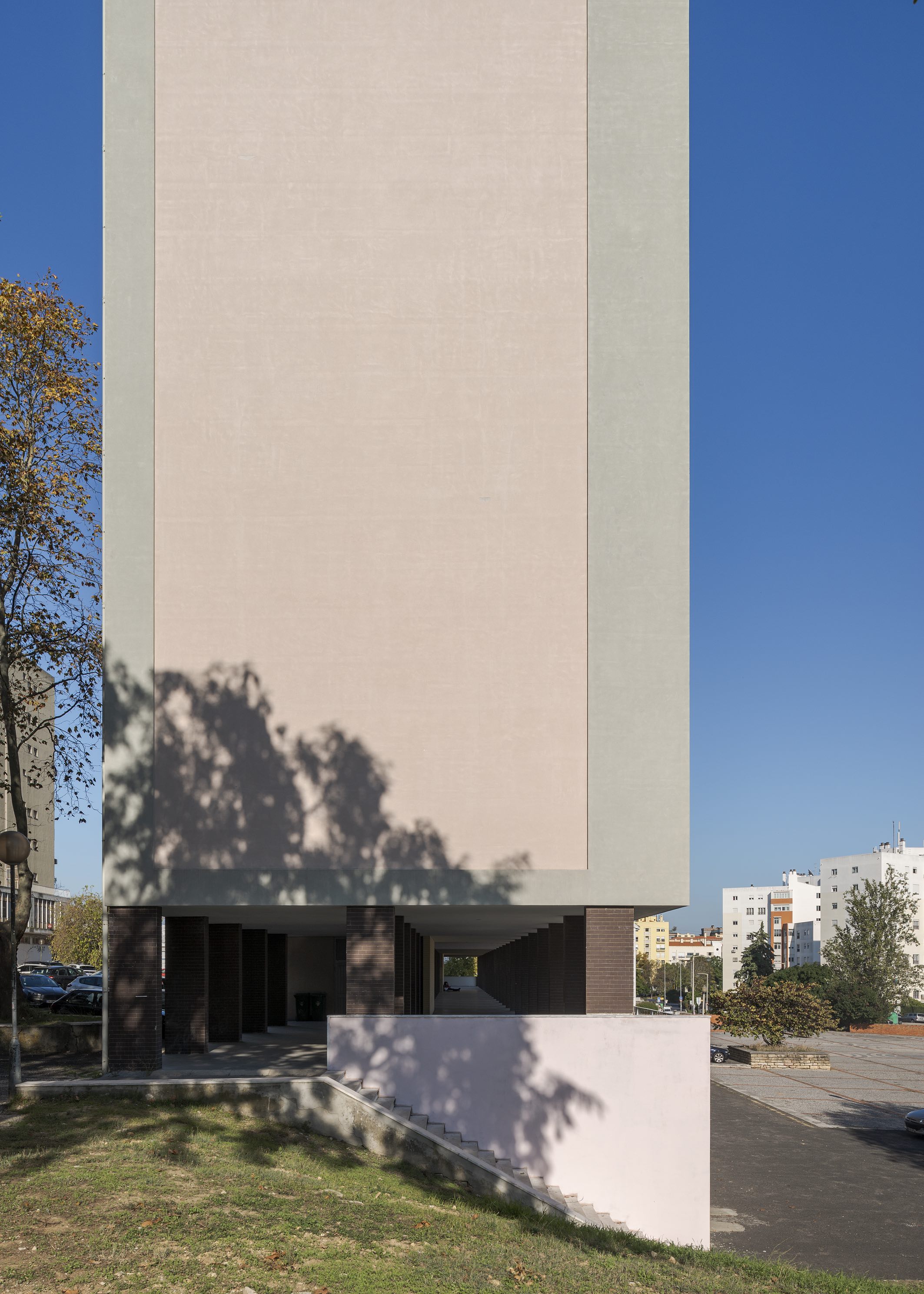
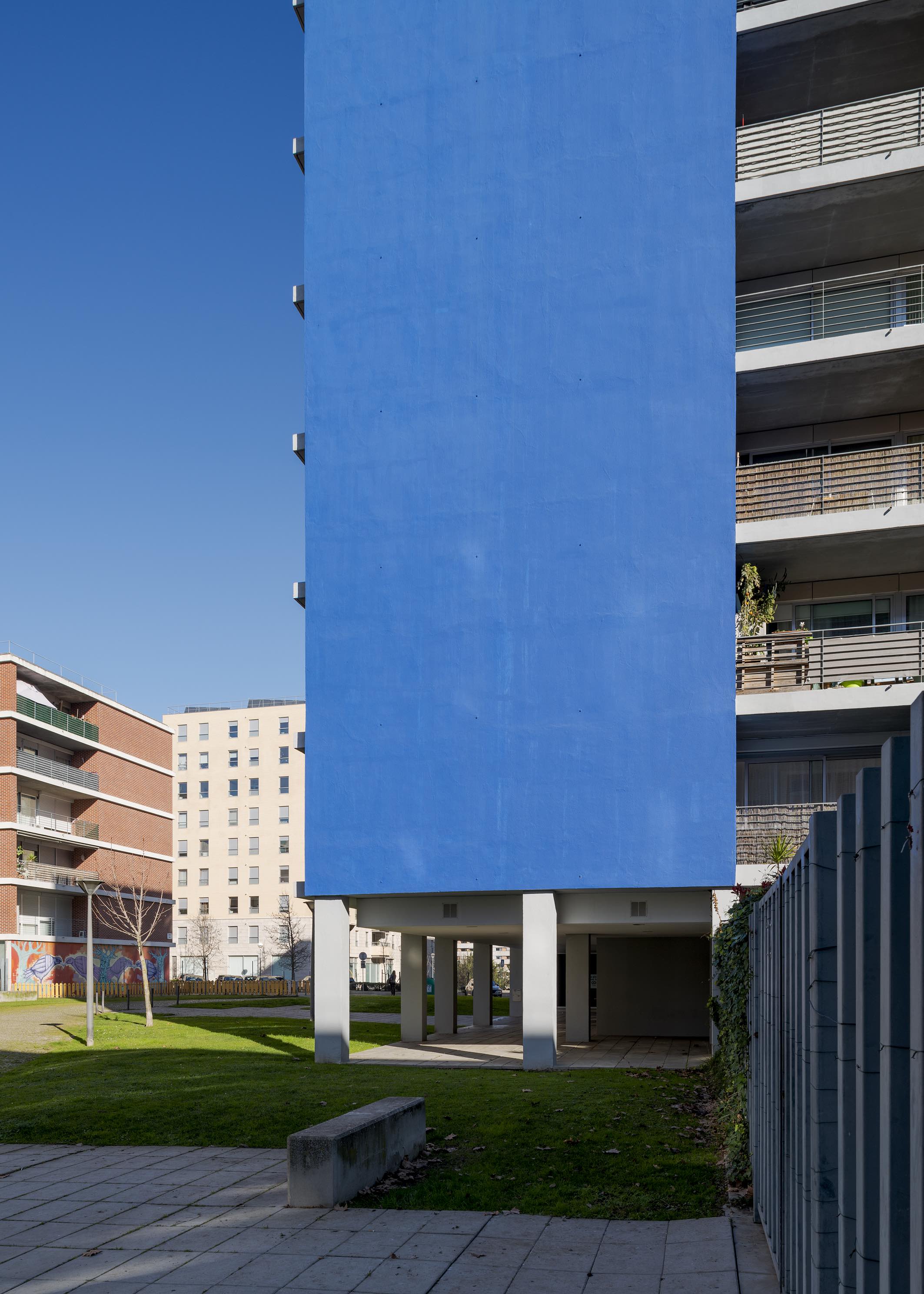

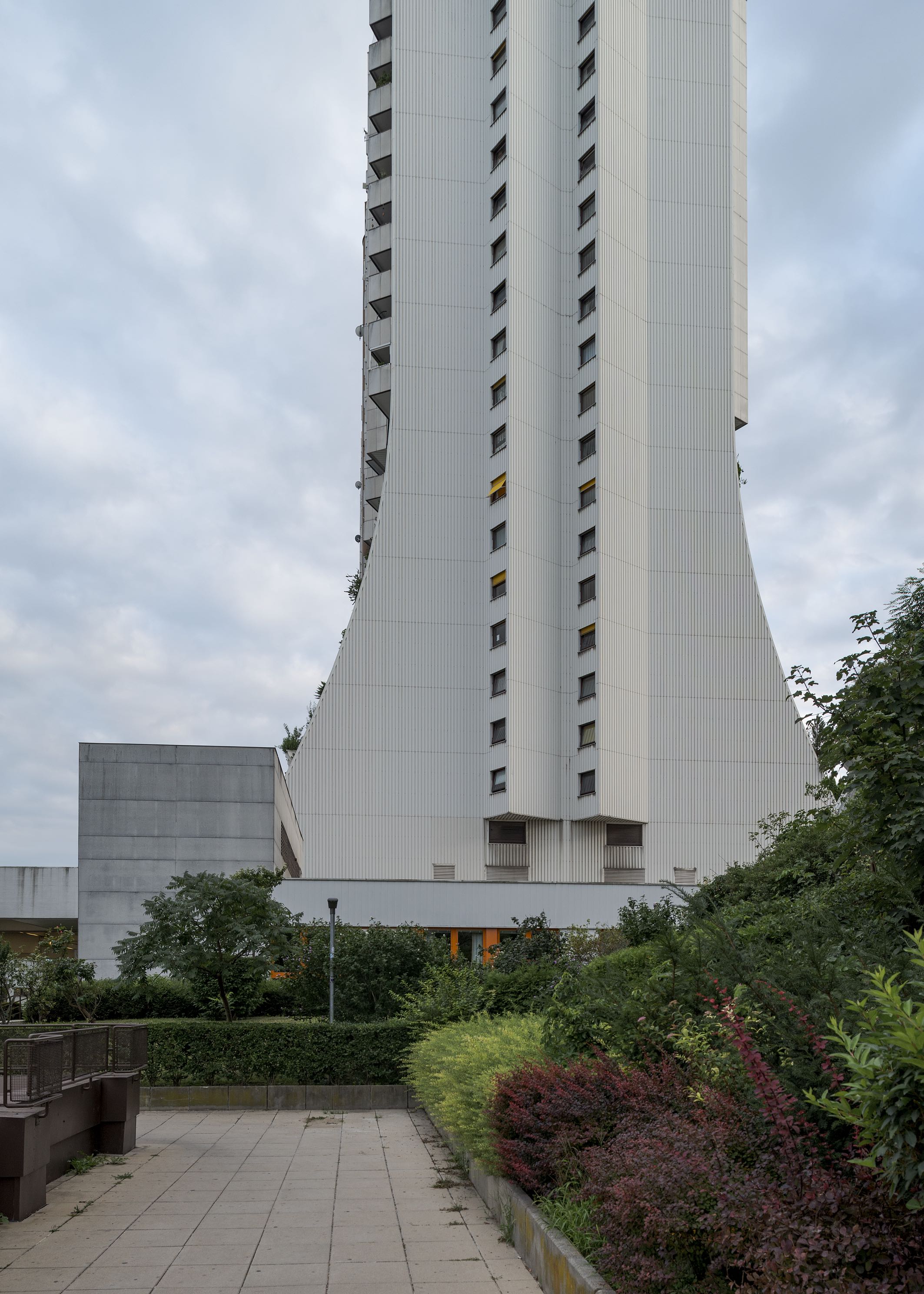
2.
In 1963 Ed Ruscha launched Twentysix Gasoline Stations, the first of a series of sixteen small artist books (which he would continue to produce until 1978), featuring images of petrol stations taken along Route 66 between Los Angeles (where he studied) and Oklahoma City (where he was born). The images of petrol stations form an actor-less landscape, a possibility of understanding the place based on transit and movement. In Ruscha’s vision, the road, that metaphorical field of transportation (and doubly so, given the Greek meaning of the word), becomes a serial narrative of repeated moments, in which the trivial stands out not because of its anthropological relevance (which is a consequence), but through the constant application of the same models. Interestingly, this type of approach owes much to a powerful influence over Ruscha, i.e. Walker Evans, with his images of petrol pumps, and particularly his systematic mapping of sign posts begun in the early days of his photographic journey in the 1920s and continued up until the end of his life with the Polaroids taken with an SX-70 camera in 1973.
This interest in the vernacular is also apparent in Ed Ruscha’s 1965 publication, Some Los Angeles Apartments, featuring images of nondescript buildings which, in the absence of any human presence, nevertheless build an atmosphere to which a repetition of architectural elements, as well as the light and the palm trees, contribute in addition to a total absence of expression in the repetitive construction of the image. The following year, he produced another artist book, in fact an enormous leporello, titled Every Building on Sunset Strip, in which movement is rendered completely literal: a 35 mm camera mounted on the roof of a car continuously photographed both sides of a 2.5 km stretch of the iconic Los Angeles thoroughfare between Beverly Hills and Laurel Canyon, resulting in a document that does not judge the buildings featured in this enormous panoramic view.
Although following an axis that is completely distinct from Frank’s humanism, Ruscha produced a scenario, akin to the painted panoramas of the 19th century, which composed a theatricality of place that bled into his images of Beverly Hills’ swimming-pools, or his empty parking lots from the late 1960s.
[...]
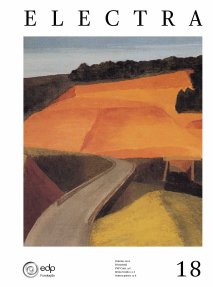
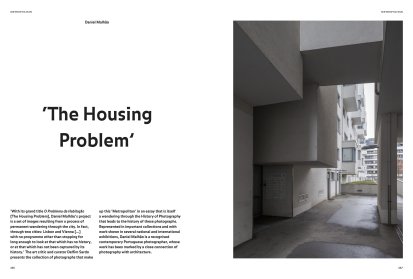

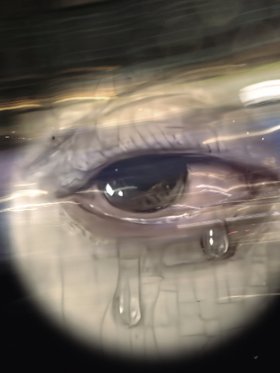

Share article